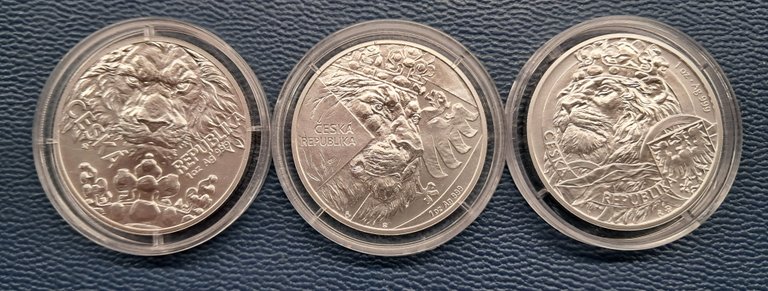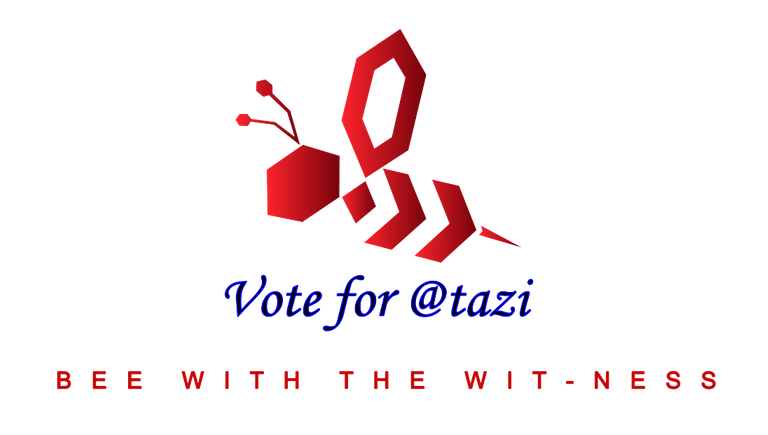
These coins were minted in the Czech Republic in 2023, 2024 and 2025. They bear the name of my country. They depict some of the symbols of Czech statehood. The coins do not depict the state emblem directly, but only elements of it.
Since the Middle Ages, the Czech coat of arms has been the lion. We can see it on all coins. But in the Middle Ages the name of my state was The Lands of the Bohemian Crown.
These lands were called the Kingdom of Bohemia, the Moravian Margraviate, the Principalities of Silesia and several other incorporated territories.
There was mention of the royal crown. This crown physically exists. It was made by the Holy Roman Emperor and Czech King Charles of Luxembourg in the middle of the 14th century.
This crown is highly symbolic. It rests on the skull of the Czech national saint, Saint Wenceslas. Historically, he was one of the first Czech princes who lived an exemplary Christian life and promoted the Christian faith. He was murdered at the instigation of his brother.
On the day of his coronation, the king borrowed this crown from the saint and with it the whole country. He returned the crown to St. Wenceslas the same evening. He returned the whole country at the moment of his death.
Ideally, the ruler should have returned the land in better condition than when he took it over. The ruler was not a complete sovereign. He was answerable to God and St. Wenceslas. The king was thus only the supreme administrator of the country. It was a very progressive idea by 14th century standards.
We also see eagles on the coins. These are the armorial animals of the neighbouring countries of the Czech Crown, Moravia and Silesia.

Are these coins really Czech? They are issued for the territory of Niue. The first bears the national emblem. And lime branches. The linden is the Czech national tree. The Germans have the oak, the Canadians the maple. And we have the linden.
I like the depiction of British King Charles III on the coins better than the Niue emblem. It seems more natural to me.
The Czech Mint is not the only company in the world that issues coins based on an agreement with a foreign country. But crossing my country's emblems and symbols with those of Niue seems strange to me. I admit that it is very subjective.

This article was originally twice as long. But I decided to split it into two halves. In the second half, I will write exclusively about the issue of silver coins in my country, the policy of the Czech National Bank and the business policy of the Czech Mint, which is a private company.
Thank you for stopping by my article, for reading it. Thank you for every reaction, suggestion, comment, criticism. Thank you for every form of support.
This text was translated using Deepl.com. The original Czech version is below the banner.

😀České mince?😀
Tyto mince byly v České republice raženy v letech 2023, 2024 a 2025. Nesou název mé země. Jsou na nich vyobrazeny některé symboly české státnosti. Na mincích není zobrazen přímo státní znak, ale pouze jeho prvky.
Od středověku byl českým erbovním zvířetem lev. Můžeme ho vidět na všech těchto mincích. Ale ve středověku se náš stát jmenoval Země koruny české.
Tyto země se nazývaly České království, Moravské markrabství, Slezská knížectví a několik dalších připojených území.
Padla zmínka o královské koruně. Tato koruna fyzicky existuje. Nechal ji zhotovit císař Svaté říše římské a český král Karel Lucemburský v polovině 14. století.
Tato koruna je velmi symbolická. Spočívá na lebce českého národního světce, svatého Václava. Ten byl jedním z prvních českých knížat, který žil příkladným křesťanským životem a prosazoval křesťanskou víru. Byl zavražděn na popud svého bratra.
V den své korunovace si král tuto korunu od světce půjčuje a s ní i celou zemi. Ještě téhož večera korunu svatému Václavovi vrací. A v okamžiku své smrti vrácí světci celou zemi.
V ideálním případě by měl vládce vrátit zemi v lepším stavu, než v jakém ji převzal. Panovník nebyl úplným suverénem. Byl odpovědný Bohu a svatému Václavovi. Král byl tedy pouze nejvyšším úředíkem své země. Na poměry 14. století to byla velmi pokroková myšlenka.
A Karel byl brilantní ústavní právník ... Pro českého čtenáře. Zlatá bula Karlova pro Říši platila až do roku 1806 a nepotřebovala zásadních změn. Dnešíní zákony ... Darmo mluvit. Mění se příliš často.
Na mincích vidíme také orlice. Jedná se o erbovní zvířata tzv.vedlejších zemí Koruny české, Moravy a Slezska. Samozřejmě jsou různě barevné, ale to na mincích není vidět.
Jsou ale tyto mince opravdu české? Jsou vydávány pro území Niue. Na prvním je státní znak Niue. A lipové ratolesti. Lípa je český národní strom. Němci mají dub, Kanaďané javor. A my máme lípu.
Vyobrazení britského krále Karla III. na mincích se mi líbí více než znak Niue. Připadá mi přirozenější.
Česká mincovna není jedinou společností na světě, která vydává mince na základě dohody se zahraničím. Ale křížení znaků a symbolů mé země se znaky a symboly Niue mi připadá zvláštní. Uznávám, že je to velmi subjektivní.
Tento článek byl původně dvakrát delší. Rozhodl jsem se ho však rozdělit na dvě poloviny. V druhé polovině budu psát výhradně o emisi stříbrných mincí v naší zemi, o politice České národní banky a o obchodní politice České mincovny, která je soukromou společností.
Děkuji, že jste se u mého článku zastavili, že jste ho četli. Děkuji za každou reakci, námět, připomínku, krtitiku. Děkuji za každou formu podpory.


